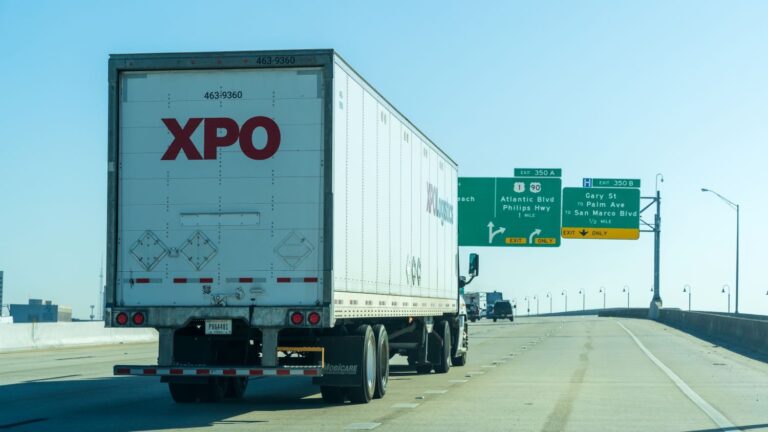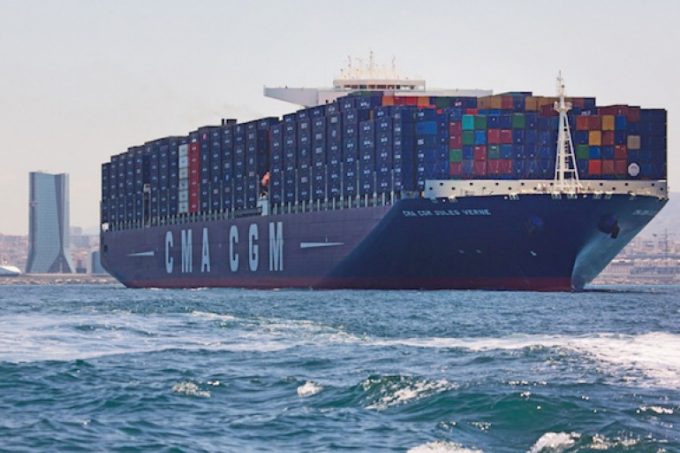
After months of shooting, it seems that the United States and China, the world’s first and second largest economies respectively, have sheathed their blades in a strategic and calculated move.
When two economic giants decide to part ways like this, a lull spreads throughout supply chains.
The understanding, reported after economic and trade consultations in Kuala Lumpur, provides breathing space after months of tariff hikes, retaliatory port charges and export control tensions.
However, the sequence of events and the balance of commitments suggest that this diplomacy was based more on necessity than celebration.
Kuala Lumpur set the table – Busan sealed the deal
On October 25-26, 2025, Chinese and US trade negotiators met in Kuala Lumpur to outline a joint agreement covering tariffs, export controls, and Section 301 maritime investigations.
Four days later, on October 30, 2025, during the Busan Economic and Trade Summit in South Korea, President Donald Trump and Xi Jinping publicly endorsed the arrangement.
Time magazine Both leaders agreed to suspend for one year U.S. Section 301 measures targeting China’s maritime, logistics and shipbuilding industries, along with China’s countermeasures, the report said.
Based on the information released after the consultation, the Kuala Lumpur Framework consists of three main components:
- Tariff cuts – The US has lifted an additional 10% “fentanyl-related” tariff on Chinese goods and extended a suspension of 24% reciprocating tariffs for one year.
- Export control deadline – Both sides agreed to suspend the US “50 percent penetration rule” and China’s export control measures on Oct. 9 for one year, pending review of implementation plans.
- Suspension of Section 301 – The United States is suspending its Section 301 actions against China’s maritime, logistics, and shipbuilding sectors for twelve months. China will suspend its respective countermeasures for the same period.
The arrangement reportedly outlines cooperation on counter-narcotics, agribusiness, and select corporate case decisions, as well as further discussions on access to investment and regulatory issues related to TikTok.
Section 301 in context – why it matters so much
Under Section 301 of the US Trade Act of 1974, Washington may investigate and respond to unfair trade practices.
In April 2024, the USTR launched an investigation into China’s maritime and logistics sectors, arguing that state-subsidized shipbuilding and port financing policies distort competition.
As of April 2025, recommended treatments included:
- Additional service charges for Chinese-made vessels or Chinese vessels entering US ports.
- Tariff of port cranes and marine transportation equipment;
- Restrictions on LNG shipping services involving Chinese finance or technology.
Beijing countered with a “special port service fee” on US-bound ships and other countermeasures, raising the risk of spiraling maritime tariffs that could raise global shipping costs.
Reading between the lines: Diplomacy by necessity
Official statements described the agreement as bilateral, but the distribution of commitments suggests that one side has moved faster to stabilize the waters.
The US suspended or reduced the three main levers, tariffs, export controls and maritime measures, while China’s commitments were largely reciprocal and conditional in scope.
The Commerce Department described the results as “hard-earned” and emphasized “positive investment commitments,” language that conveys confidence rather than privilege.
Behind this dance, there are practical realities. Rising import costs weighed on US retailers and logistics operators, and inflation concerns resurfaced ahead of the 2026 political cycle. Expanding the confrontation risked internal turmoil, so a pause became the logical choice.
In this light, the Kuala Lumpur outcome looks less like a retreat and more like a controlled reset, diplomacy engineered to buy time, lower temperatures and keep trade routes predictable.
What the suspension means for the global trade ecosystem
- It is now predictably back
The one-year moratorium removes immediate uncertainty over new sea tariffs and port entry fees. Carriers using Chinese-built ships can plan deployments without having to factor in punitive costs, and shippers can price long-term contracts with more confidence.
- Breathing room for SMEs
Small and medium-sized exporters and importers get a year of cost stability, which is essential for managing transportation budgets and working capital flows.
- Strategic recalibration
Companies can use the lull to assess exposure to Chinese yards, financing and technology supply chains and adjust incrementally rather than reactively.
- Political breathing space
The truce allows both governments to envision cooperation and control, a salutary prospect amid domestic pressures on trade and inflation.
Maximum use of pauses
This window should be seen as an opportunity to prepare, not relax. Practical measures include:
- Map Exposure – Identify fleets, contracts and suppliers associated with China’s shipyard or port infrastructure.
- Review legal terms – ensure that supplier agreements allow for tariff reinstatement if measures are reinstated in 2026.
- Diversify with caution – explore alternative suppliers or financing sources without over-modification.
- Monitoring Policy Signals – Track USTR and Chinese MofCom announcements for early signs of change.
- Collective Participation – Leverage industry platforms to support long-term predictable maritime frameworks.
A subtle, quiet and silent change of position
The newly announced one-year suspension of Section 301 measures between the US and China offers a rare moment of “predictability” for the global shipping and logistics sector.
Global transport and logistics participants can now operate under a more stable policy horizon. However, the nuances of the truce suggest that both sides have bought time, although one seems more eager to use it.



